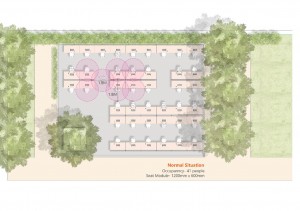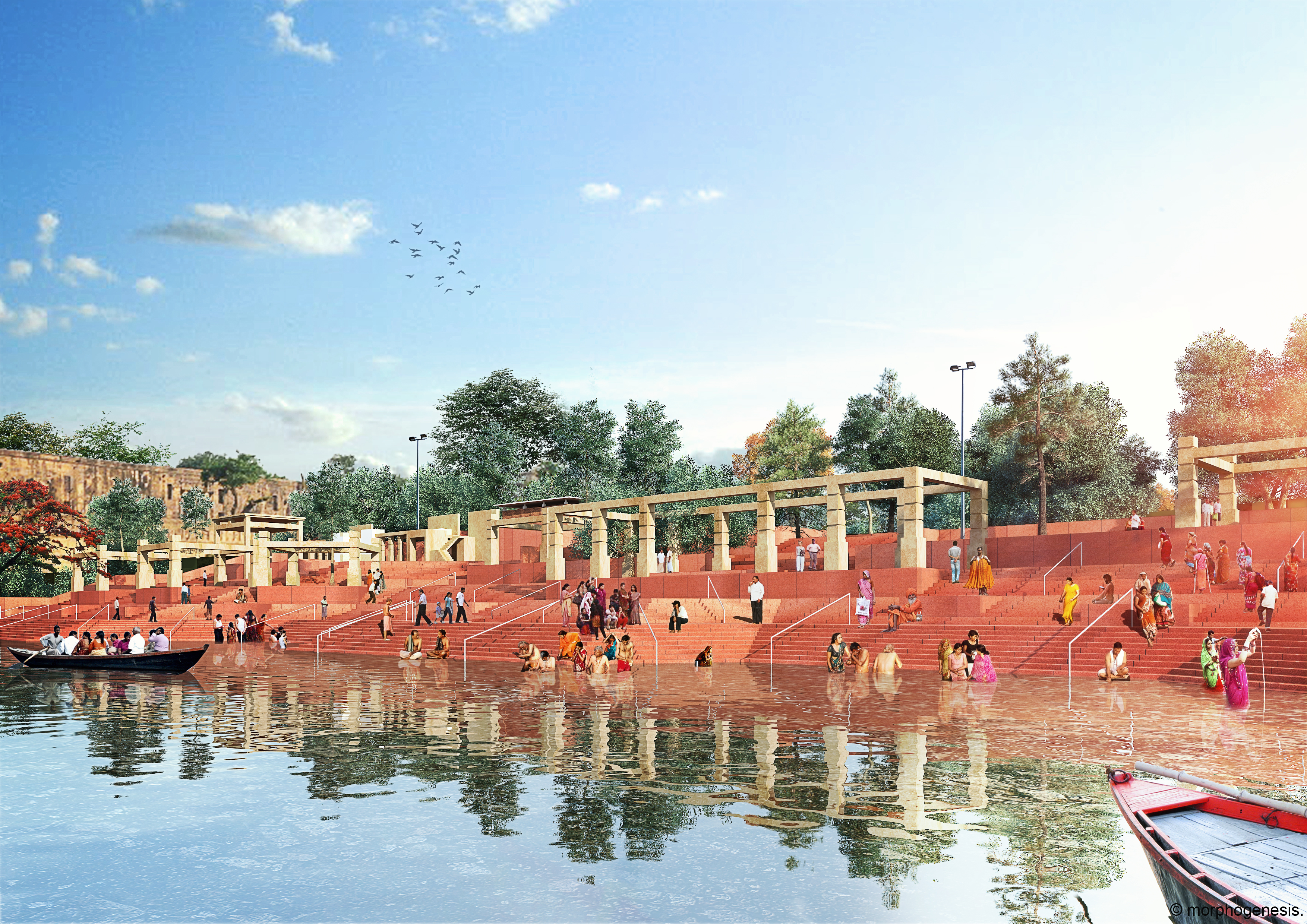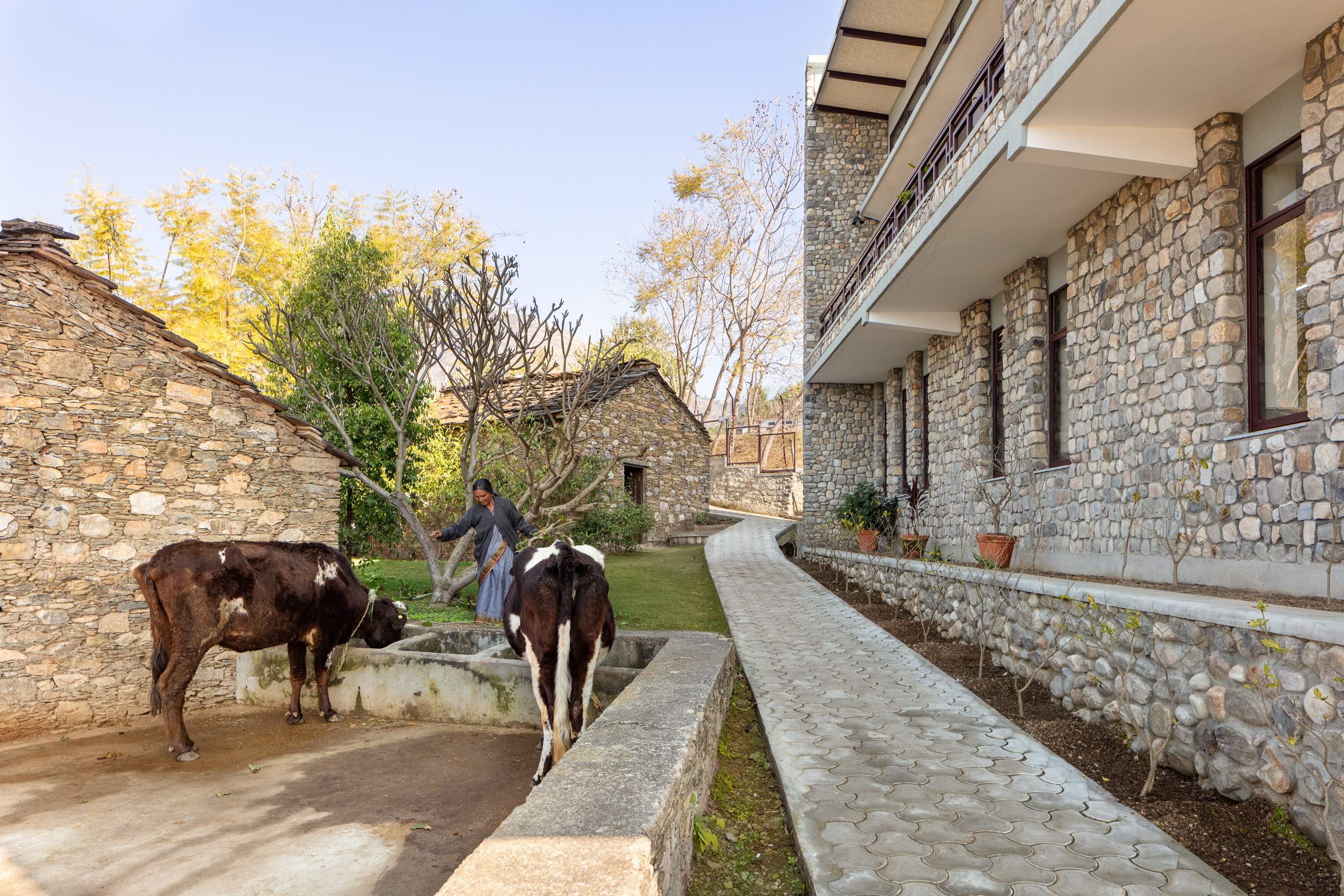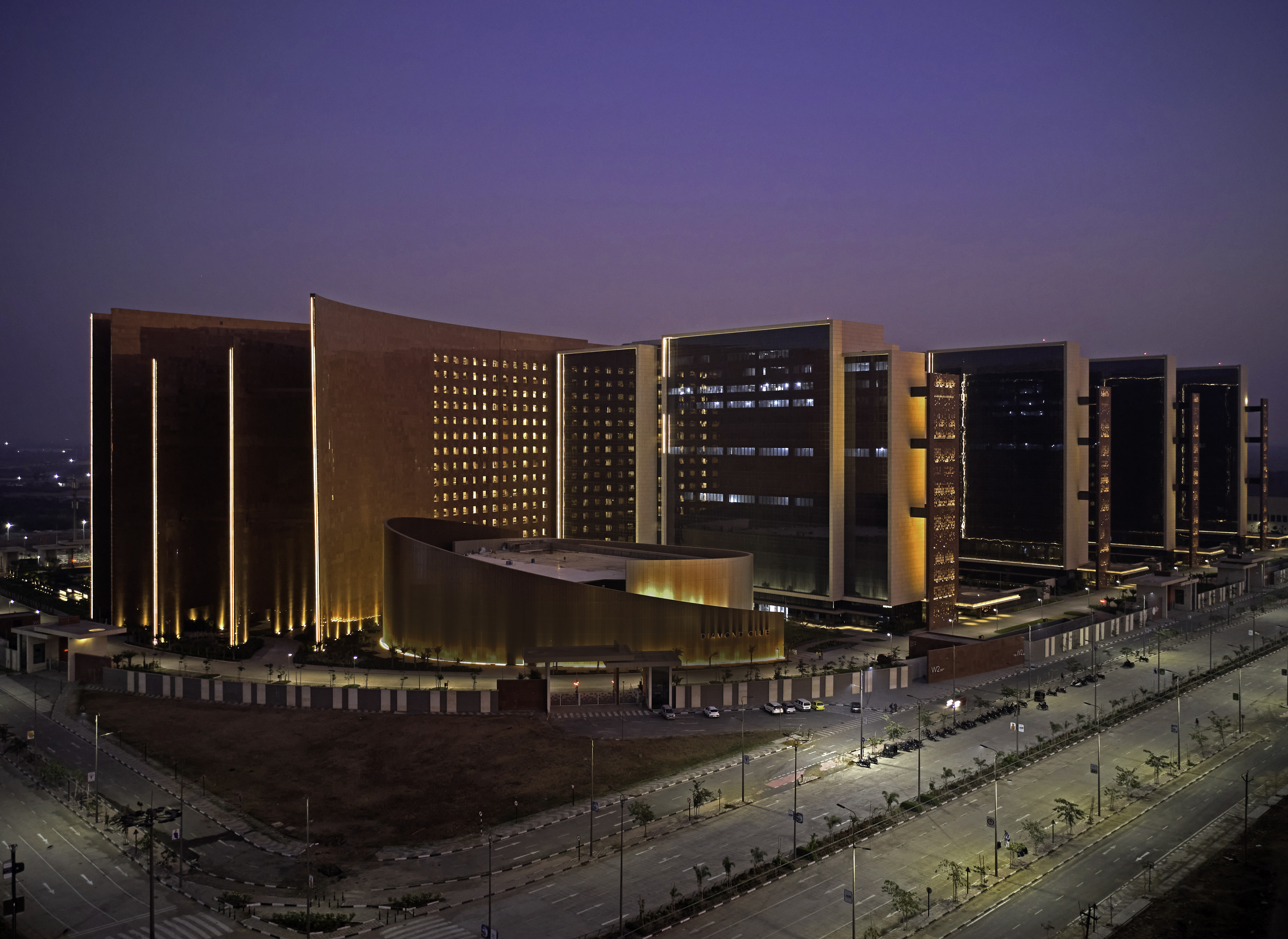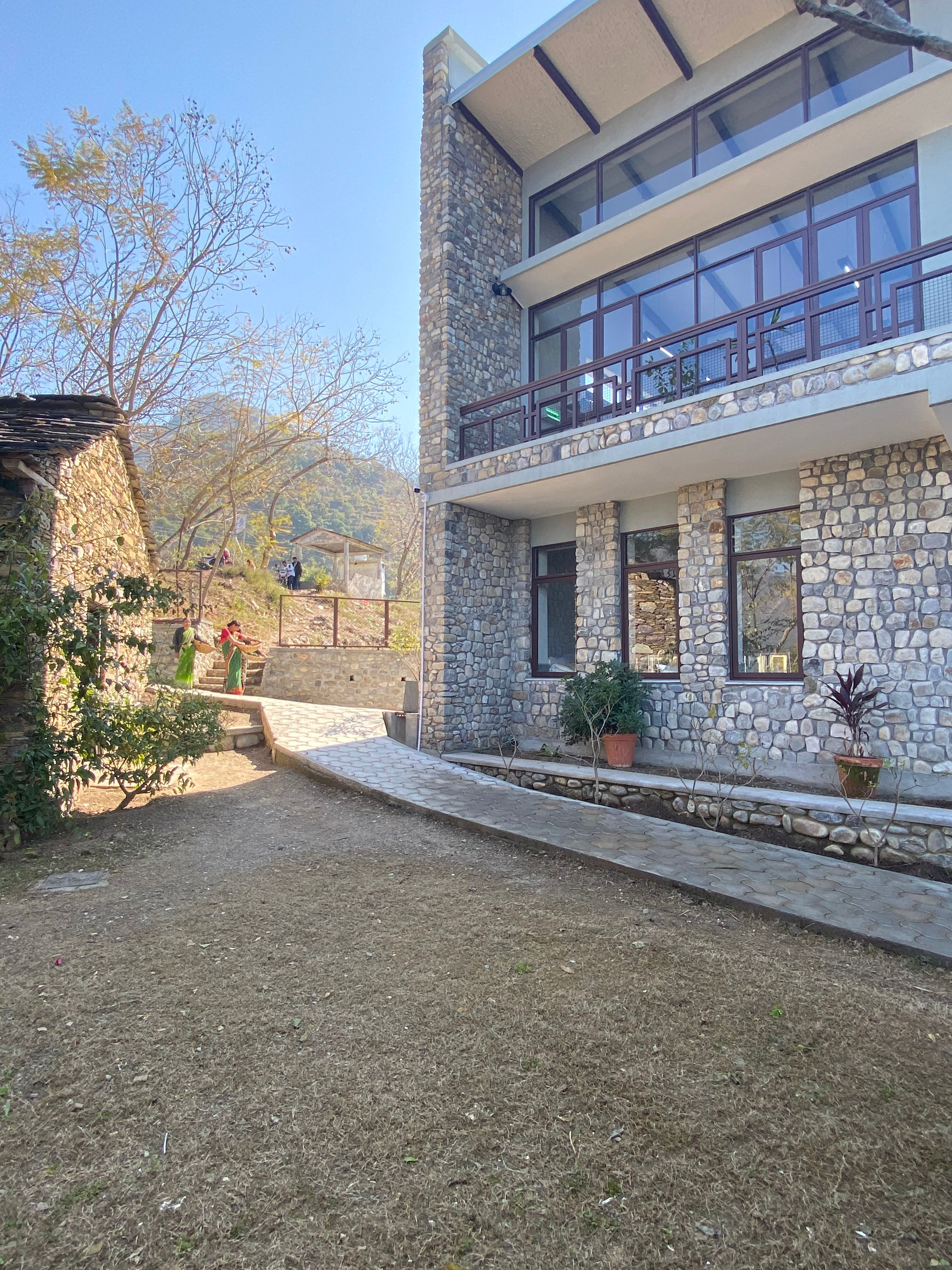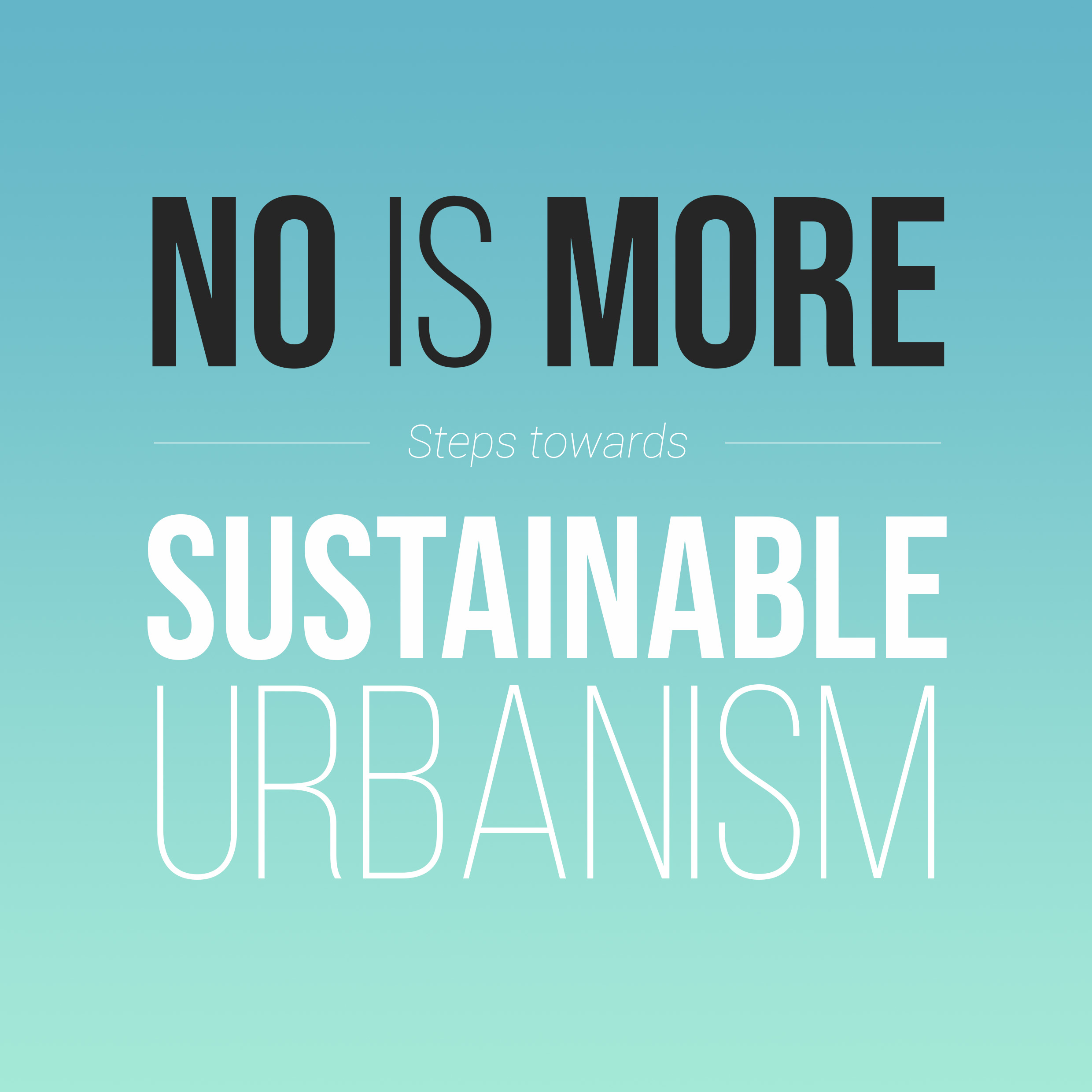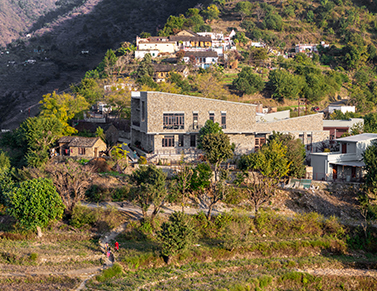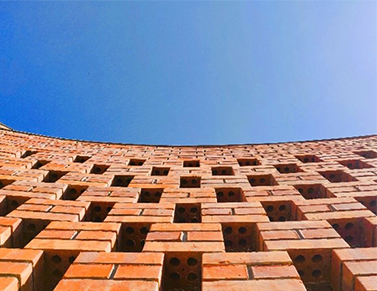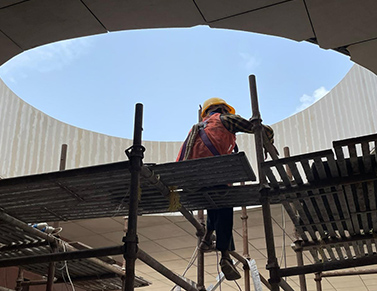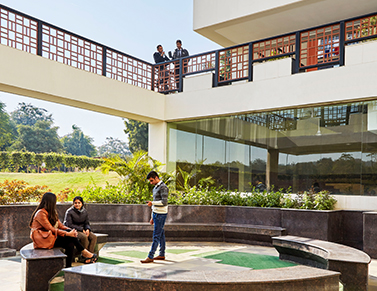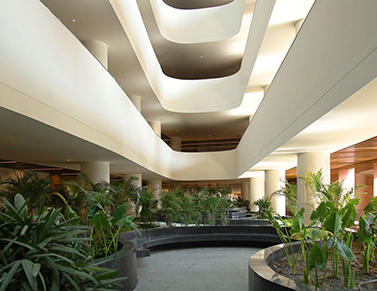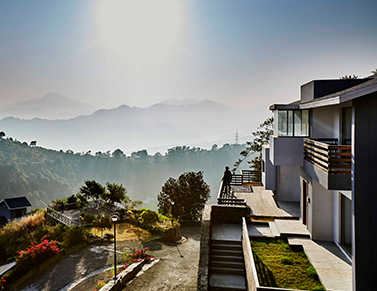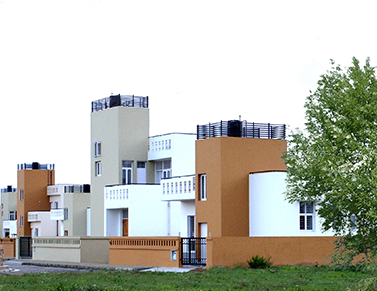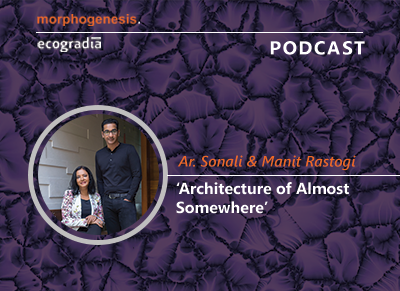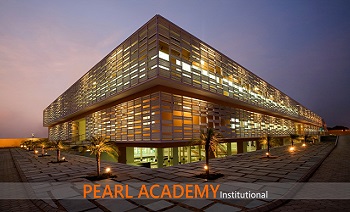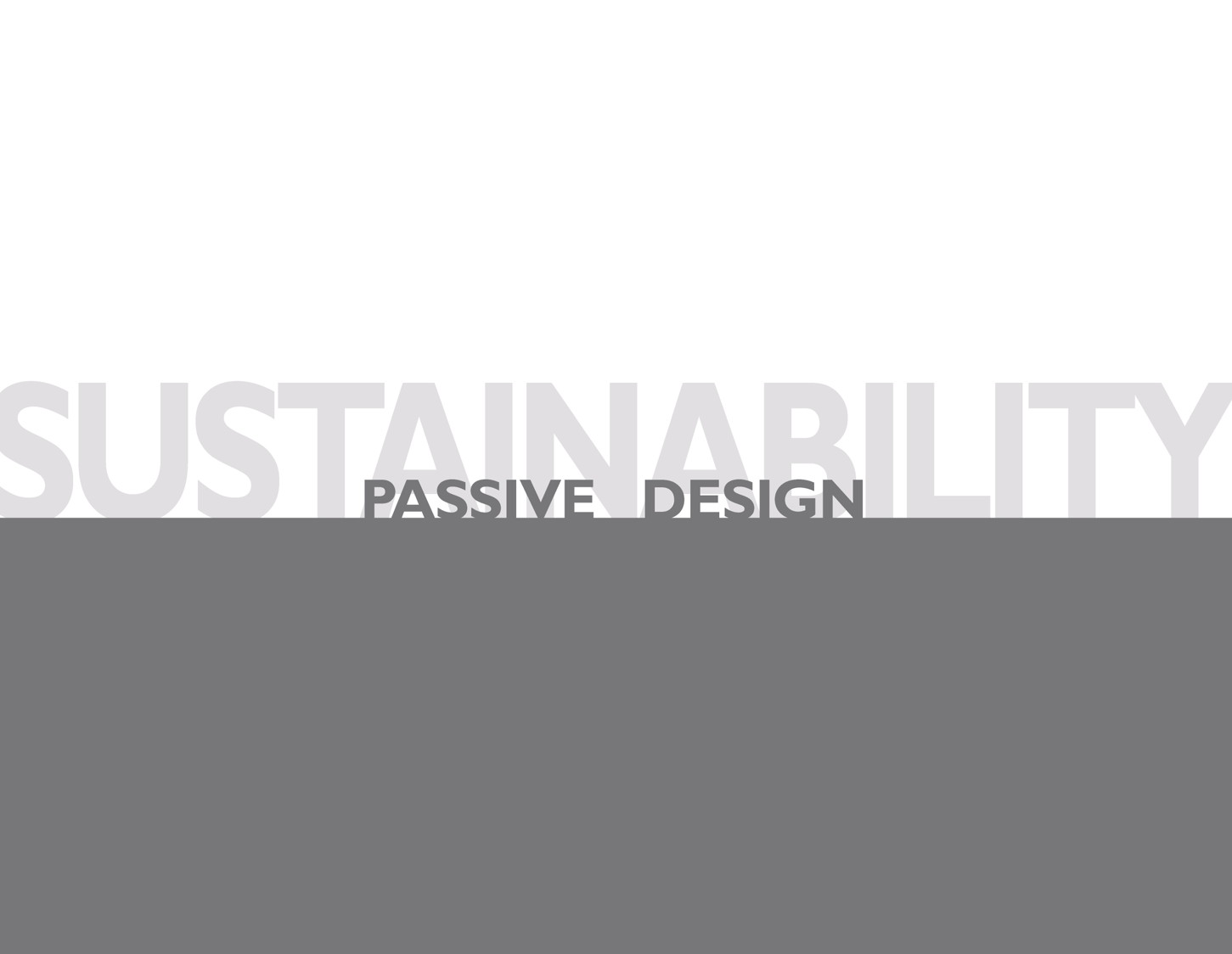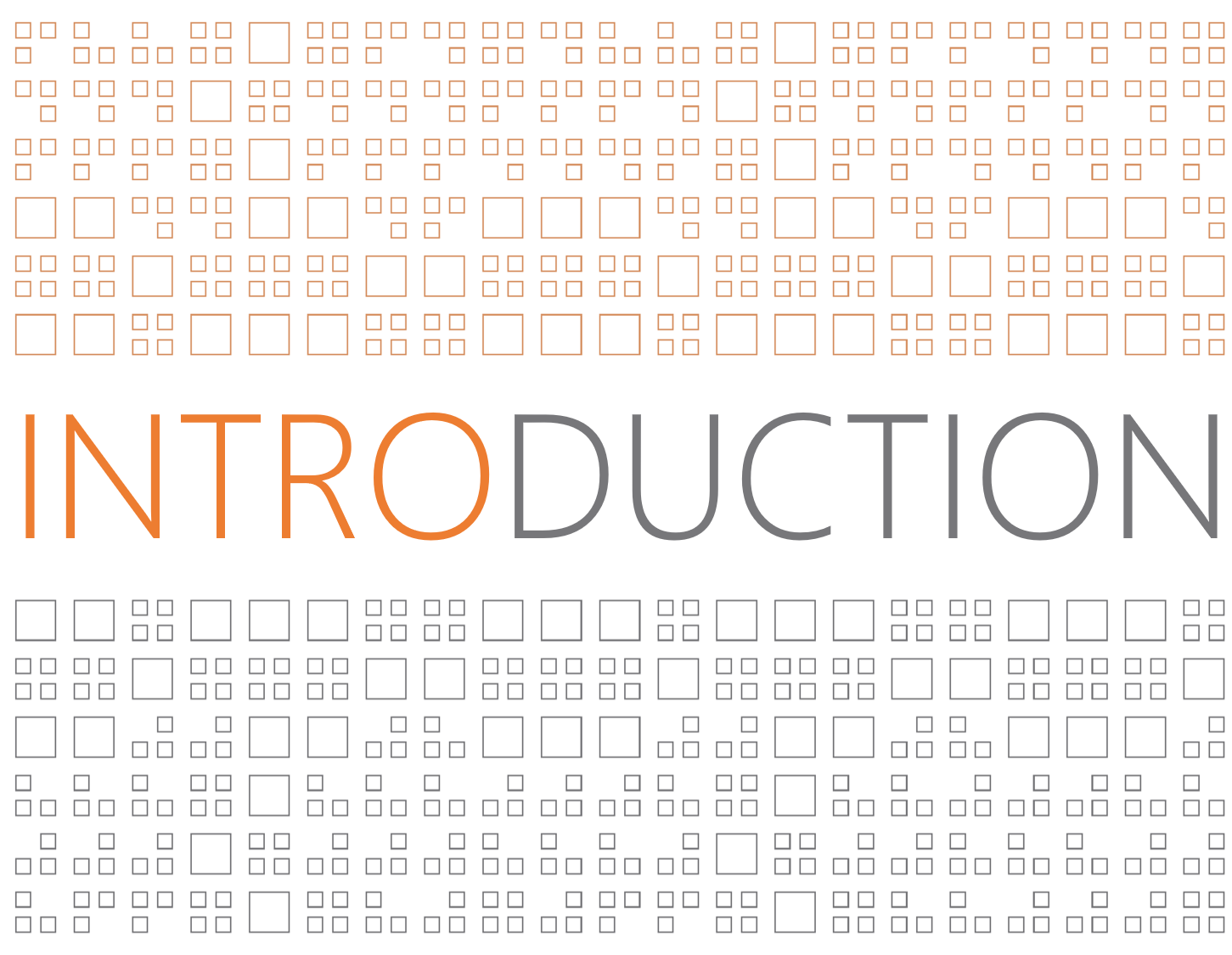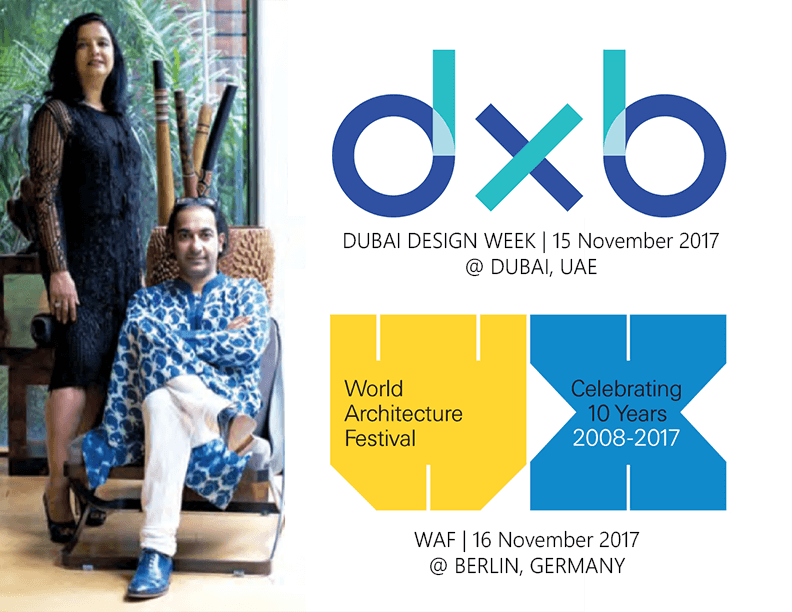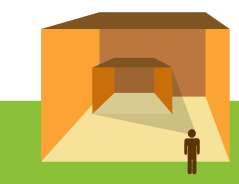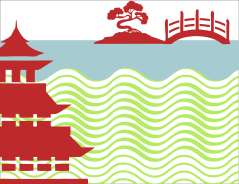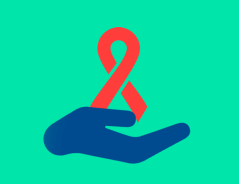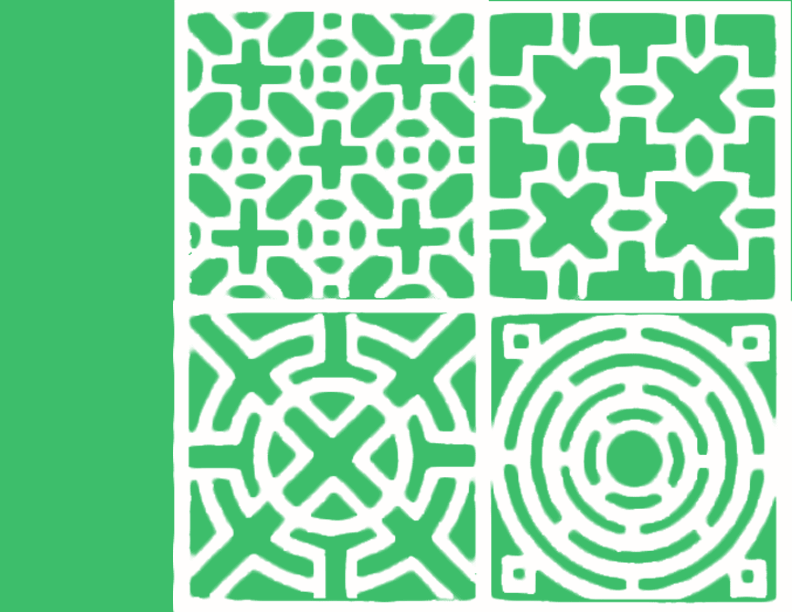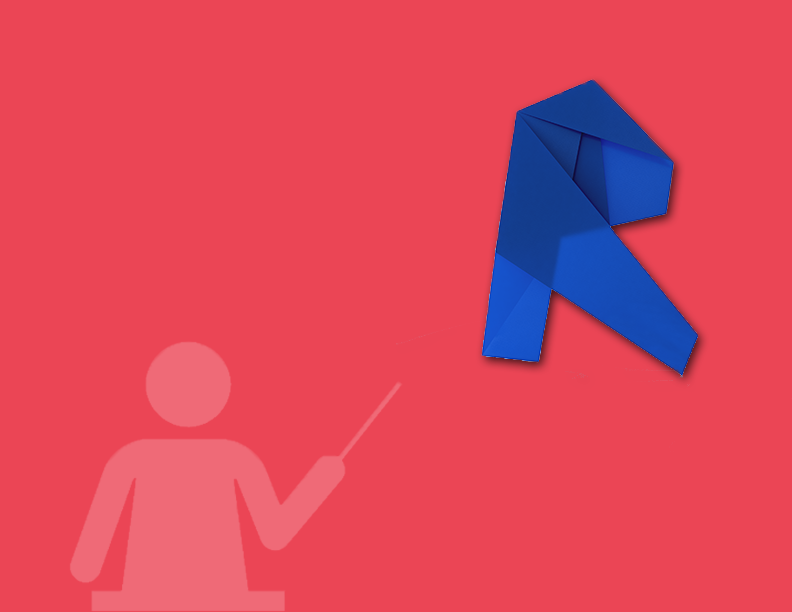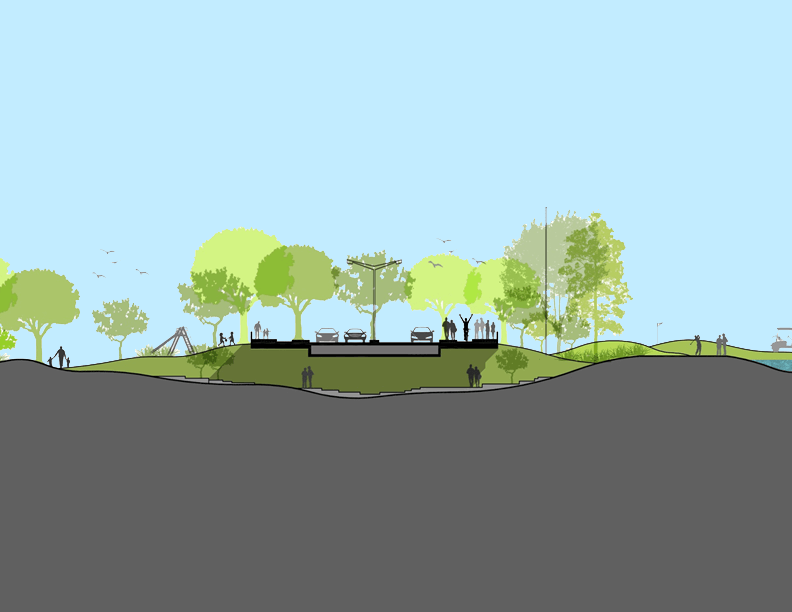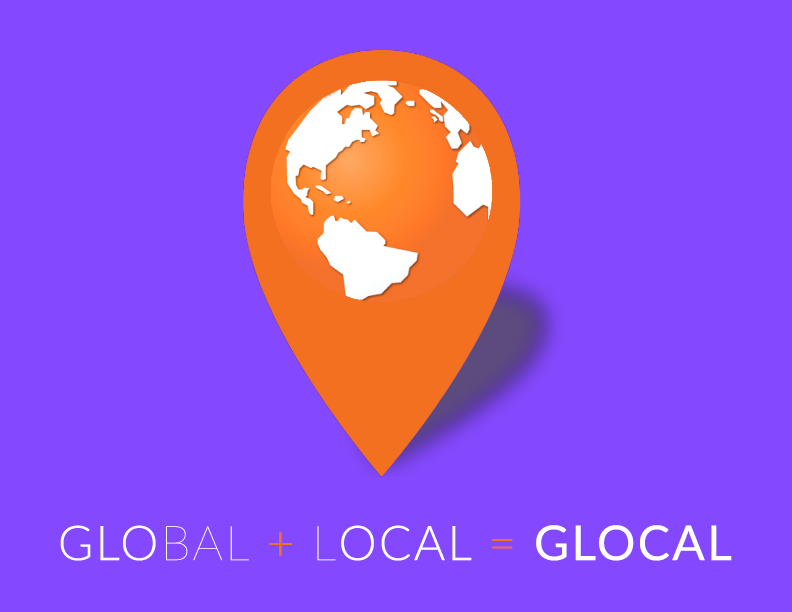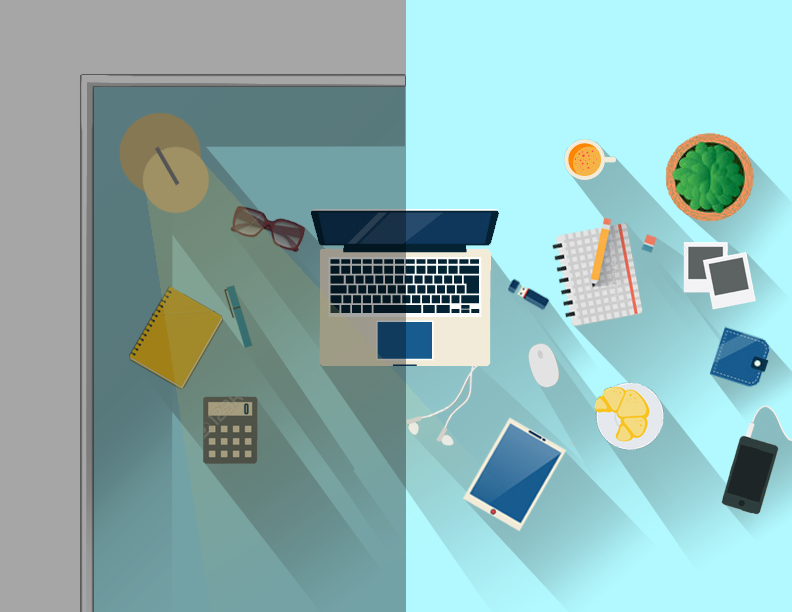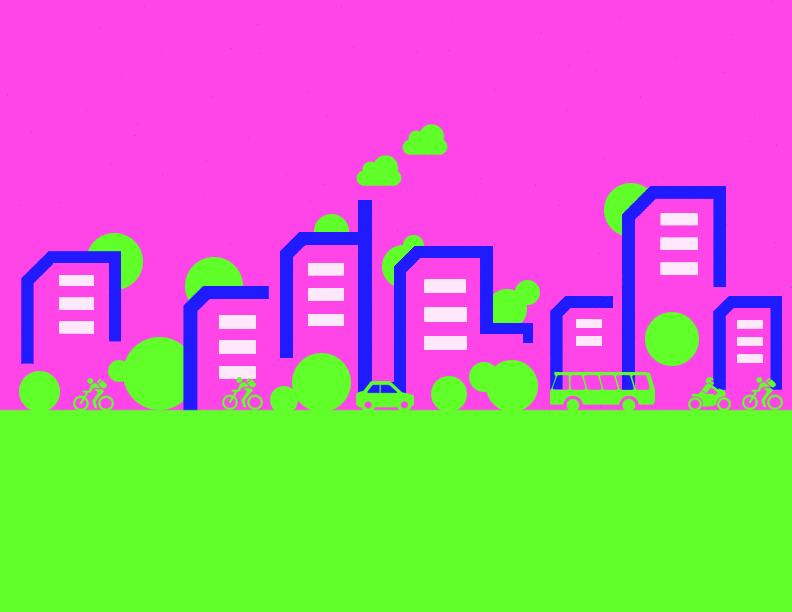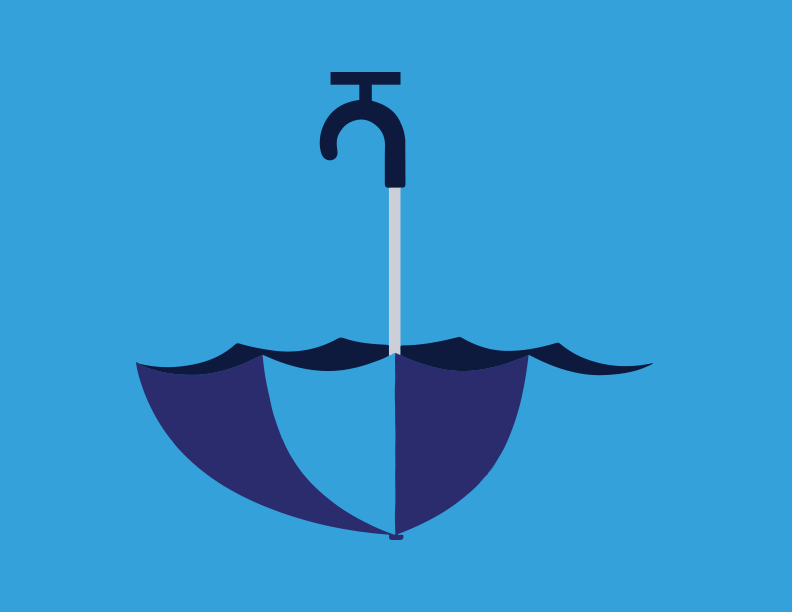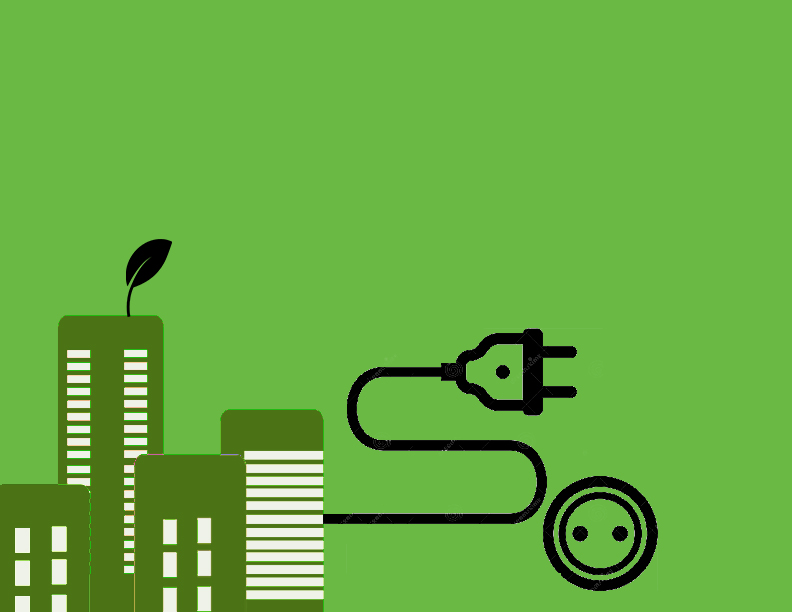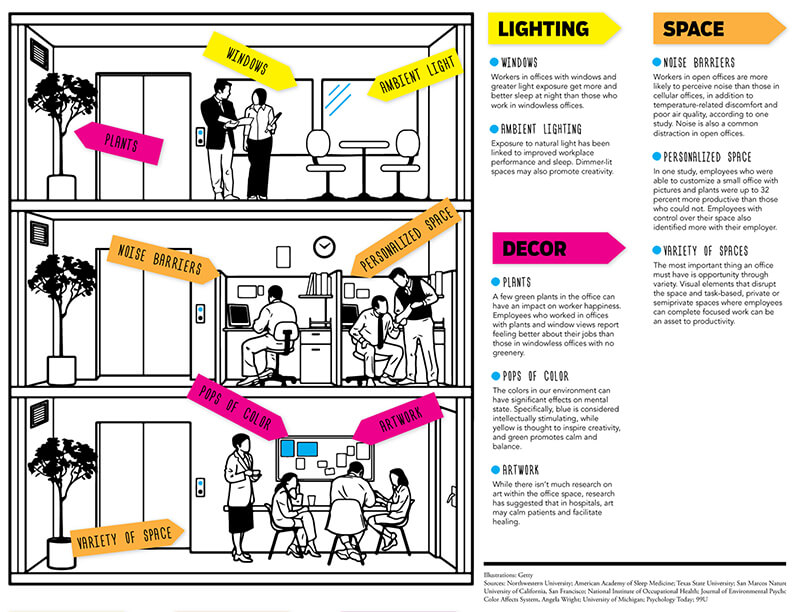The world has witnessed one of the gravest challenges of the century in the form of the global pandemic. The crisis, with its own set of difficulties, taught us to adapt to a new way of living, working, and socializing. It has also provided us with food-for-thought and forced us to re-look at the way we design our workspaces and homes.
As the Indian economy opened up and employees returned to their workplaces, organizations were faced with the challenge of adapting to the post pandemic world and achieving productivity without compromising on health, safety, and wellbeing of their workforce.
As we accept the new normal of uncertainty, it is clear that our current workplaces are not as resilient and adaptable to deal with this changing situation. The popular open floor plans, designed for increased collaboration and maximum interaction, have become a possible threat now. The offices of today need to minimize physical interaction and instead enhance natural ventilation. As per the government guidelines the best action to limit the risk of COVID-19 infection, by air, is to amply ventilate indoor environments with outdoor air. Considering the above pointers, designing an outdoor office can definitely be a safer option.
Most open spaces in urban settings are underutilized since they are used only for a limited part of the day or year. What if these spaces could be turned into independent offices or as extensions to indoor offices? Additionally, studies also suggest that outdoor spaces have a strong positive impact on the mental health of employees, as it reduces stress and increases focus.
The post pandemic world has emerged as an era for the “great outdoors”
The challenge to design outdoor workplaces, that are resilient and pandemic-ready, has given rise to a fresh opportunity for design innovation. The idea is to design a fully functional and livable workplace in the open.
The following landscape design strategies discuss “outdoor co-working/offices” which have multiple uses.
From fixed to fluid
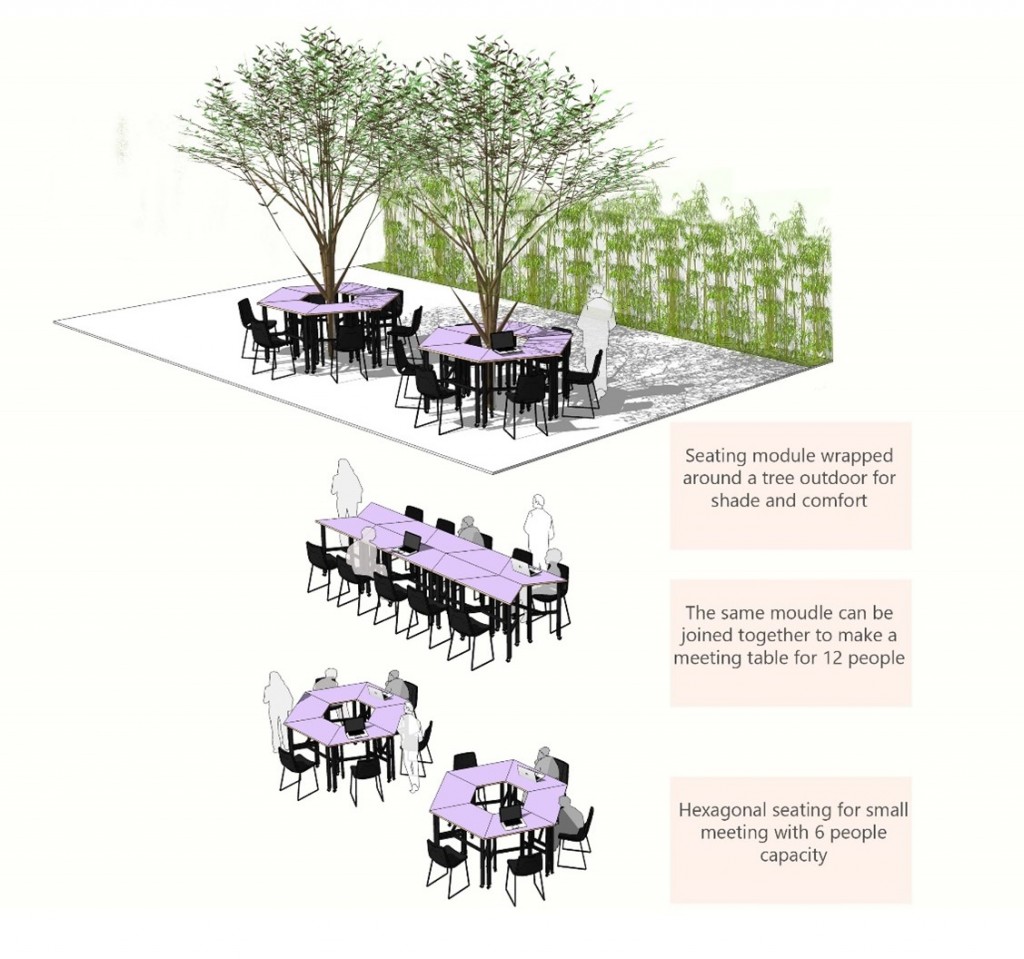
The post pandemic outdoor workplaces need to be resilient, agile, and flexible. The workplace of the future needs to move beyond the rigidity of fixed layouts and office furniture, while adopting fluidity and flexibility in its working style. Furniture occupies a major portion of the office space; however, it needs to be reconfigurable, moveable, and stackable, thereby allowing space to be used for a variety of purposes. As illustrated in Figure 1, the two hexagonal meeting tables, with a capacity of 6 people each, can be rearranged to form a big conference table for 12 people. Furthermore, the tables are wrapped around a tree that provides shade and comfort while working.
A self-sustainable office within the ‘greens’
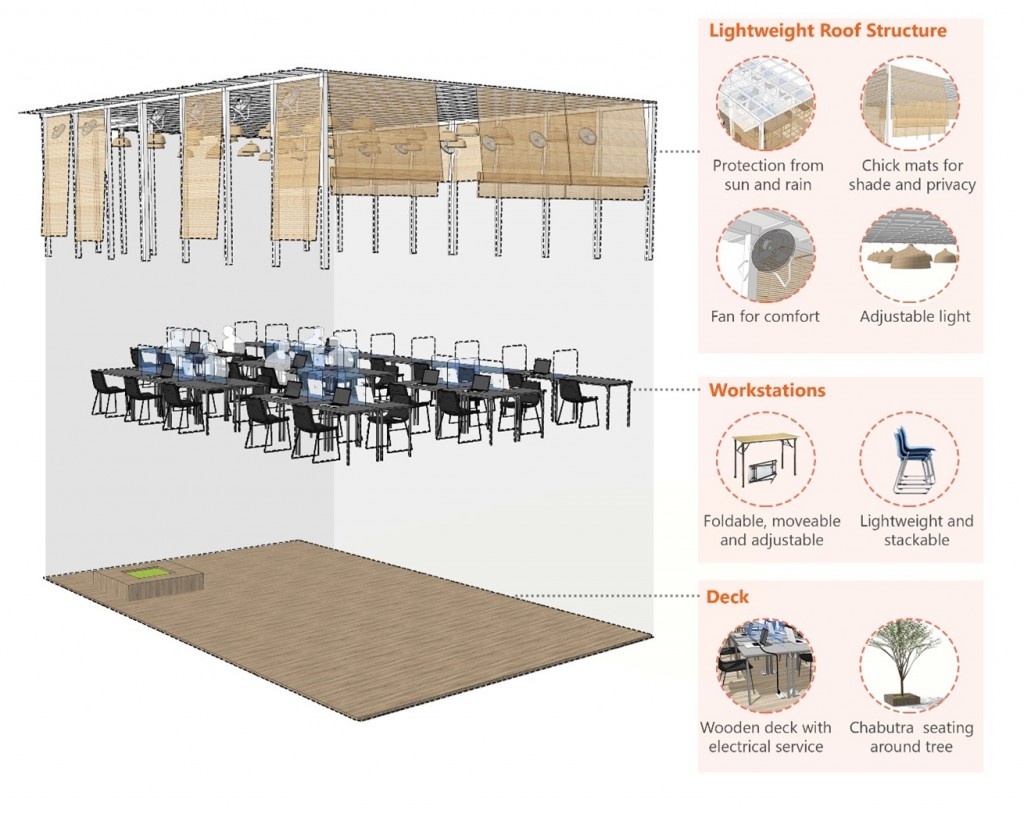
It is a given fact that people feel more at ease in open spaces than indoors, in the post pandemic phase. Today it has become possible to make the outdoor living spaces a lot more comfortable. We can keep India’s hot climate in check by using passive design methods such as micro-climate creation. Lightweight roof structures can be used as protection against rains and excess glare, while prevailing winds can be harnessed through careful site orientation. Also, mist cooling fans can be introduced to manage the temperature, while sonic mosquito control systems ensure a safe outdoor environment.
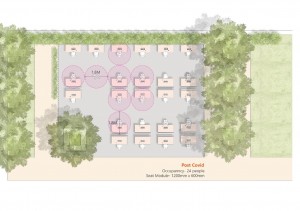
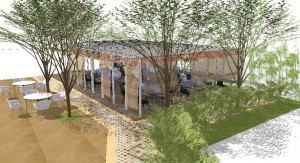
The seating arrangements also need to adhere to the new normal. Following the physical distancing norms, the seats have been placed 1.8 meters apart from each other. A transparent shield, placed in the front and sides, creates an invisible cubicle by minimizing the physical connect without compromising the visual connect. All the necessary electrical connections run under the deck below and each workstation has its own set of connections, making it fully functional and efficient. The entire set up is surrounded by evergreen trees, creating a liveable outdoor workplace.
Distant yet connected – Blurring the boundaries between virtual and real
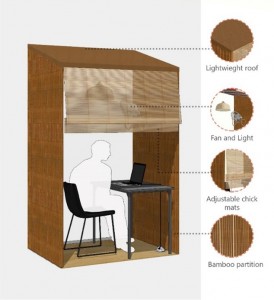
The pandemic may have forced people to be physically distant, but it has allowed us to virtually congregate. There was an increased demand for video calling applications during the lockdown months as it virtually connected people around the globe, irrespective of their location. The idea here is to provide a unique video calling booth that would address an individual’s need for a personal space, while also proving to be comfortable for long virtual meetings. The booth structure can be made of a sustainable bamboo. These optimized booths will also be equipped with an adjustable ceiling hanging light and a wall cooling fan, as illustrated in Figure 5.
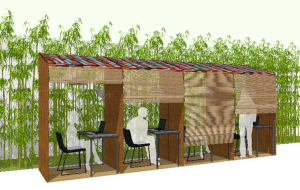
The booths can be placed in a quiet corner of the site, with thick vegetation in the backdrop that would provide an additional noise buffer.
Recreating ‘recreation’

In all modern workplaces, the office lounges are not just a place to take breaks but have evolved over time to become a zone for informal meetings, group discussions, collaborations and for sharing of ideas. This recreation corner has been designed to make outdoor space the hub for creativity and enable employees to have a healthy and livable experience within such recreation zones. However, post the pandemic, these activities need to adhere to the norms of social distancing. Therefore, the benches have been designed with an integrated pull-out flap, which not only provides for a place to keep their beverages/laptops, but also distances individuals through its natural design, thereby avoiding any risk of contact. These benches/loungers can then be placed close to the outdoor cafés and food kiosks. Planting can also be used to create a visual divide amidst the different outdoor seating arrangements.
‘Breaking’ the break-out zone
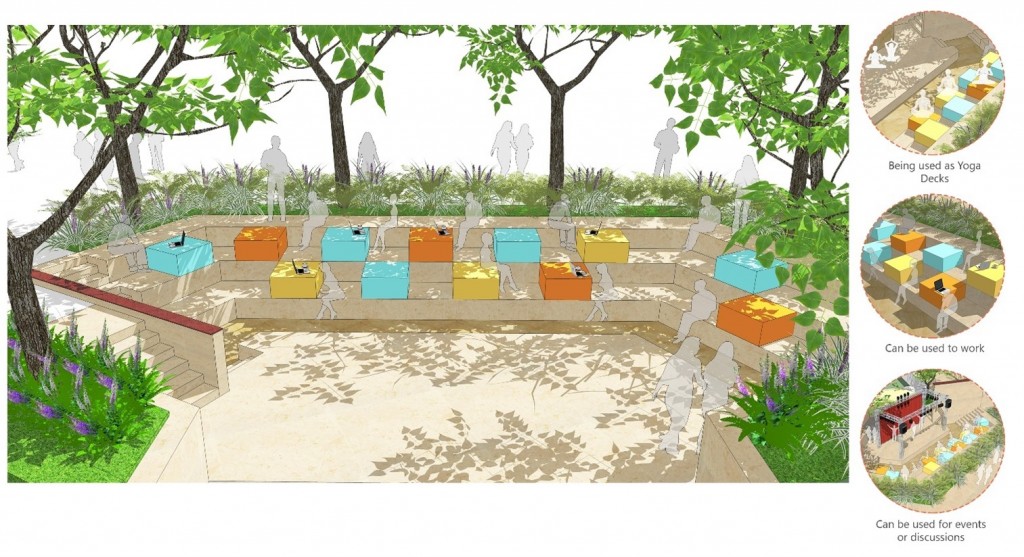
With no possibility of having congregations, the amphitheater/other congregational spaces can be re-looked at and repurposed. These spaces, currently unutilized, have been envisioned as being multi-faceted. The amphitheater can be segregated into small decks, thereby distancing one individual from another. In the mornings, these decks can be used to perform activities necessary for one’s well-being, while by daytime they can be converted into tabletops for employees to keep their laptops and work. This seating arrangement can even have a planting edge at the back, with trees that provide shade and comfort, which would act as a buffer from the other landscaped areas.
Conclusion
It would be an opportunity wasted in case we don’t use all our technological prowess to shift social activities into the outdoors, in a more democratic and accessible manner. Therefore, the way forward within this post pandemic era is to be in sync with the “new normal.” As employees settle into their new working norms, organizations needs to ensure the safety and well-being of their workforce.


